Improved OpenSceneGraph-2.8.3 ebuild
The current OpenSceneGraph ebuild in the Gentoo Portage tree does not install the OpenSceneGraph sample data set. These files include some sample models, fonts, bitmaps etc. used in the OpenSceneGraph examples and other applications. This is a problem for applications relying on the files to be available. In example my stereoscopic image viewer SIV relies on having the OpenSceneGraph sample dataset installed and fails to load the arial font from the dataset with the following error:
Warning: font file “fonts/arial.ttf” not found.
Here is my modified ebuild resolving this issue: OpenSceneGraph-2.8.3.tar.gz (7001 downloads )
Download the modified ebuild and extract the archive into /usr/local/portage. Be sure to include the following line in your /etc/make.conf:
PORTDIR_OVERLAY=”/usr/local/portage”
If you want to use OpenSceneGraph with ffmpeg support, download the patch from bugs.gentoo.org and copy it to /etc/portage/patches/dev-games/openscenegraph-2.8.3/ as described there, to compile with ffmpeg-0.6. Otherwise the emerge will fail with:
/osgPlugins/ffmpeg/FFmpegAudioStream.hpp:18:9:
error: cannot allocate an object of abstract type
‘osgFFmpeg::FFmpegAudioStream’
Now you can set the examples USE-Flag and emerge openscenegraph to get the example dataset.
If you have got flightgear installed, reinstall simgear afterwards, like the ebuild requests you to do:
emerge -1 dev-games/simgear
Depending on if you were upgrading or just reinstalling with the new ebuild it may be necessary to run revdep-rebuild to resolve issues with broken libraries. Hopefully the next ebuild in the portage tree will include the sample data set.
Wxwidgets support seems to be broken with the current version. When using the wxwidgets USE-Flag Openscenegraph fails to compile with, so include
=dev-games/openscenegraph-3.0.1 -wxwidgets
in your /etc/portage/package.use if you have enabled wxwidgets in your make.conf.
best regards
Jürgen
 MyGNU.de
MyGNU.de


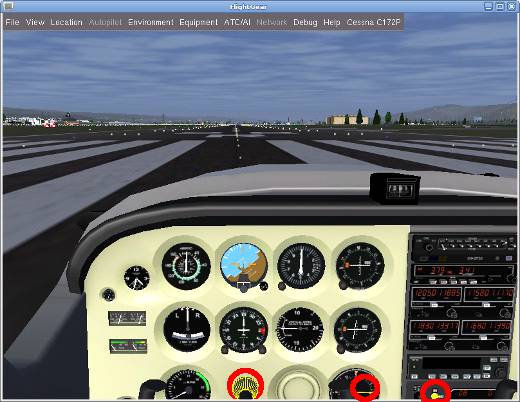
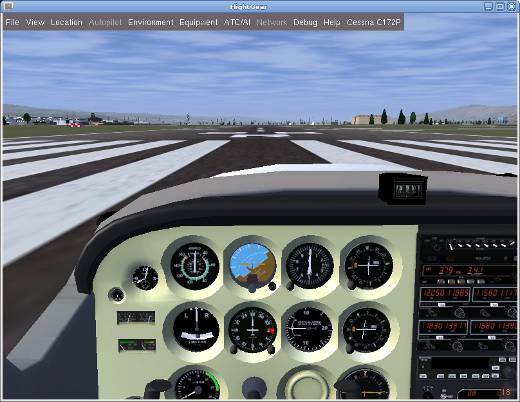
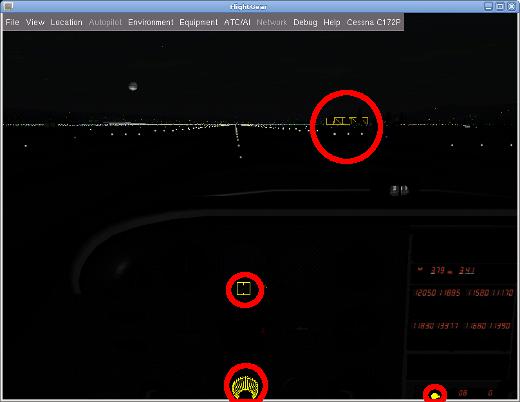
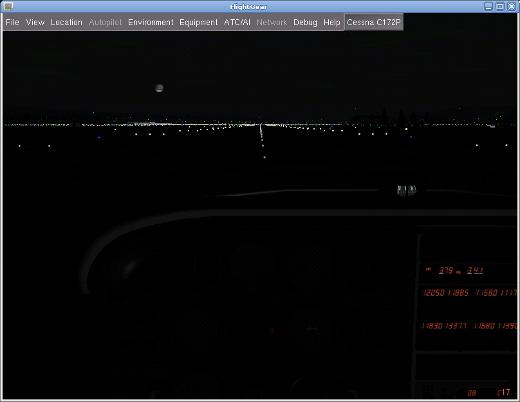
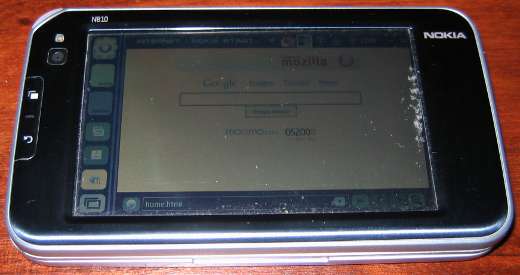

![Validate my RSS feed [Valid RSS]](https://validator.w3.org/feed/images/valid-rss.png)

